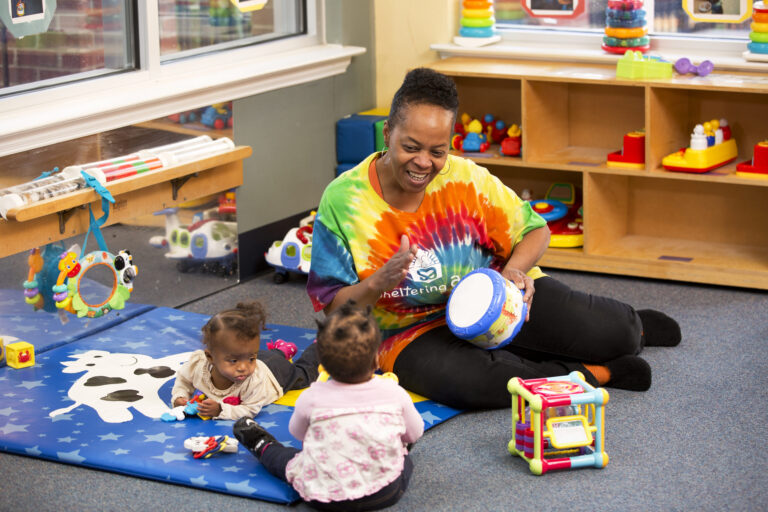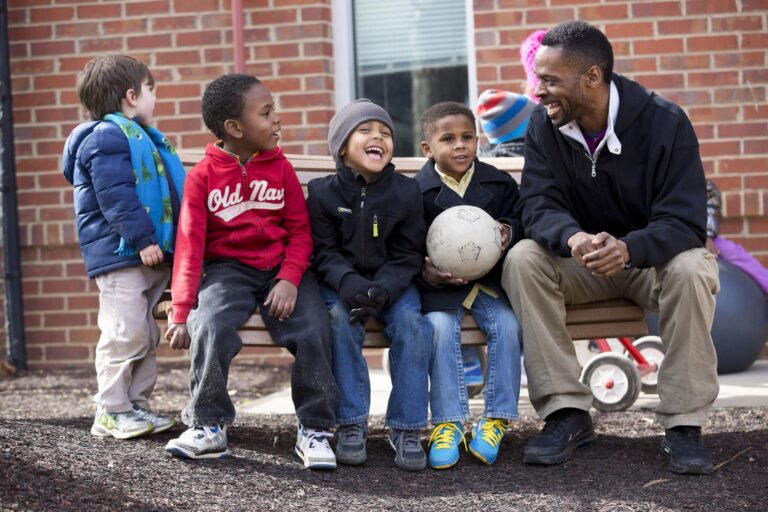One of the best ways we can prepare children to understand what they are reading once they are in third grade and beyond is to build their language acquisition now. We can do this by intentionally teaching vocabulary in meaningful ways. Today we share how you can create a language-rich classroom by building your entire lesson plan around one book.
Video: Mother Bruce START Read 1
This week’s book is Mother Bruce by Ryan T. Higgins. The first read focuses on explaining the key events of the story and pushing in target vocabulary.
Video: Mother Bruce, START Read 2
The second read focuses on the character’s thoughts and feelings about the key events of the story and continues to push in target vocabulary.
Tying it Together
Throughout the week, engage in meaningful conversations around these words. Soon, you will notice them becoming a part of your students’ vocabulary!
Target Vocabulary |
Conversation Starters |
| Dependent-when you can’t take care of yourself and need someone to do things for you | Remind students how the goslings (the baby geese) became dependent on Bruce; they needed him to take care of them. They thought he was their mother! Ask, “Why are the goslings hanging around Bruce so much? Why won’t they go away?” |
| Recipe-instructions that tell you how to cook a special meal | Remember when Bruce was preparing his eggs and left his house to get the ingredients for a recipe-the instructions that tell you how to cook something. Why did he have to get honey and Salmon? |
| Grumpy-not happy, in a bad mood, not pleasant to be around | Remember how Mother Bruce was always so grumpy! He was in a bad mood and complained about everything! Why do you think that Bruce tried to bring the baby goslings back to their mother? |
Paving the Way to Reading
Path Pointer: Vocabulary Video
Check out this Blog post, sharing how you can use an anchor book to create your lesson plan for the week!
Phonological Awareness: Syllable Awareness
Continue to help your students understand that words are made up of separate beats, called syllables. Check out these videos to see syllable blending activities with Nanette and Mary!
Alphabet Knowledge: Letter Recognition
Using upper-case letters, try the Lights Out Letters and Recognizing Letters activities to help your class identify and name the letters in their first name.
Monitoring Your Students’ Progress
After watching the first two reads, it is your students’ turn to share the story of Mother Bruce to show what they’ve learned! As your students talk about the story, ask open-ended questions about what happened and how the character felt and prompt them to use the target words from the story:
Why did Bruce have to take care of the goslings?
How did Bruce feel when he came home and the goslings had hatched?
How did Bruce feel when they all migrated south? Why?
We are giving them the support they need to be able to use the word on their own. Asking open-ended questions can be a great way to monitor students’ comprehension. However, we must be cautious: some students may have normal comprehension but difficulty expressing themselves for various reasons that could include word finding difficulties or expressive language delay. If you notice a student is having difficulty, use a forced choice structure. If a student responds to the first question saying that the goslings needed Bruce to take care of them, try using an either/or question to pull out the word dependent, “Were the goslings dependent on Bruce or could they take care of themselves?” When we do this, we provide the child the opportunity to use the word. This is like training wheels on a bike.
Alphabet Knowledge
For the last several weeks, you have been working with your students to help them learn the upper-case letters of their names. Now it is time to monitor your students’ progress: print children’s first names using all upper-case letters, then take turns pointing to each letter in a child’s name (not in order) and say, “Tell me the name of this letter.” Make note of the letters that each child correctly names. If child is not able to say the letter, have them point to the letter that you say (out of order). Include in notes that child has receptive knowledge.
If you have not already done a full letter assessment to determine where your students are and track their progress through the year, here is an easy to use assessment you can administer: Upper and Lowercase Letter Assessment or, if you are virtual, check out our Virtual Letter Names Survey (remember to only use uppercase).
We know that a developmentally appropriate outcome for the end of PreK is for students to be able to name upper and lowercase letters (out of order). This assessment will allow you to regularly monitor progress throughout the year and ensure that your students leave for kindergarten with the alphabet knowledge they need. You can read more about Expected Child Outcomes in Language and Literacy by downloading this resource.



